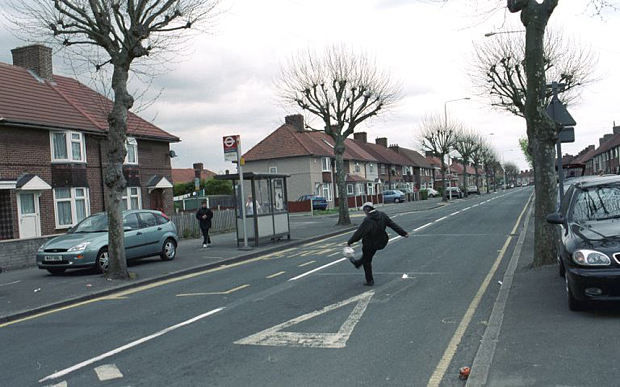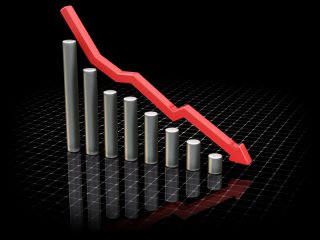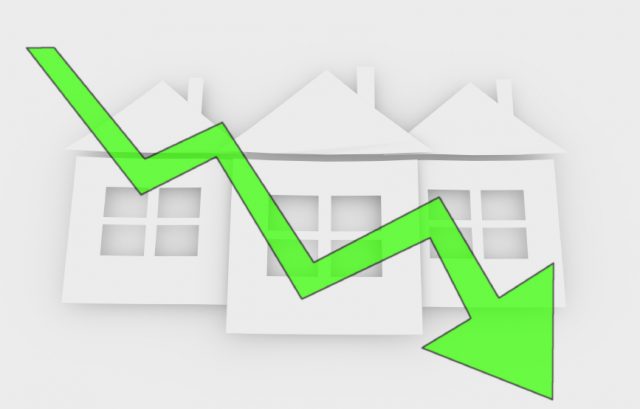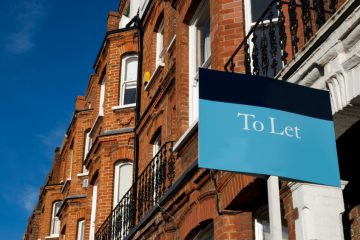Properties on ‘Lanes’ most expensive
Interesting new research from Barclays Mortgages shows that properties located on ‘Lanes’ are typically much more expensive than those located on a, ‘Street.’
Data from the report indicates that properties situated on Lanes are valued at £100,000 more, with findings generated by market specialists Hometrack showing that the first line of an address can help to ascertain the value of a home.
Fast Lanes
Results from the investigation show that homes located on ‘Lanes’ averaged £245,906 in value, 22% more than the national property average. It was more of a case of streets behind as opposed to ahead, with properties on ‘Streets’ averaging £142,374, 42% lower than Lanes.[1]
Homes located on, ‘Ways’ were found to be valued at £218,742, while ‘Roads’ were slightly behind, with properties valued at £212,717.’ Properties on ‘Closes’ were found to be typically valued at £204,964,’ with ‘Avenues’ totalling £192,344.[1]
The data also shows that regionally, there is some significant variation, with the largest divide in cost between street name prices evident in the South East. Properties in this region located on ‘Lanes’ are £137,145 more expensive than those on ‘Streets.’[1]
In comparison to data released in 2001, all street names have increased in value substantially. For a property on a ‘Lane’ the price has doubled from £123,000 to £246,000. Even ‘Streets’ were found to have risen from £92,000 to £142,000.[1]
Buoyant
Craig Calder, Barclays Director of Mortgages said that the data shows, ‘the last few years have been incredibly buoyant for the housing market and economy, and this is great news for buyers and sellers across the nation.’[1]
‘While this data paints a clear picture of victory for ‘Lanes’ in the competition between properties, it’s interesting to see the varying statistics from around the country and a huge growth in value overall, ‘ Calder continued. ‘If you are considering buying a property, no matter the address, we encourage you to speak to your mortgage advisor on the best options for you,’ he added.[1]
[1] http://www.propertyreporter.co.uk/property/properties-on-lanes-worth-100k-more-than-streets.html











